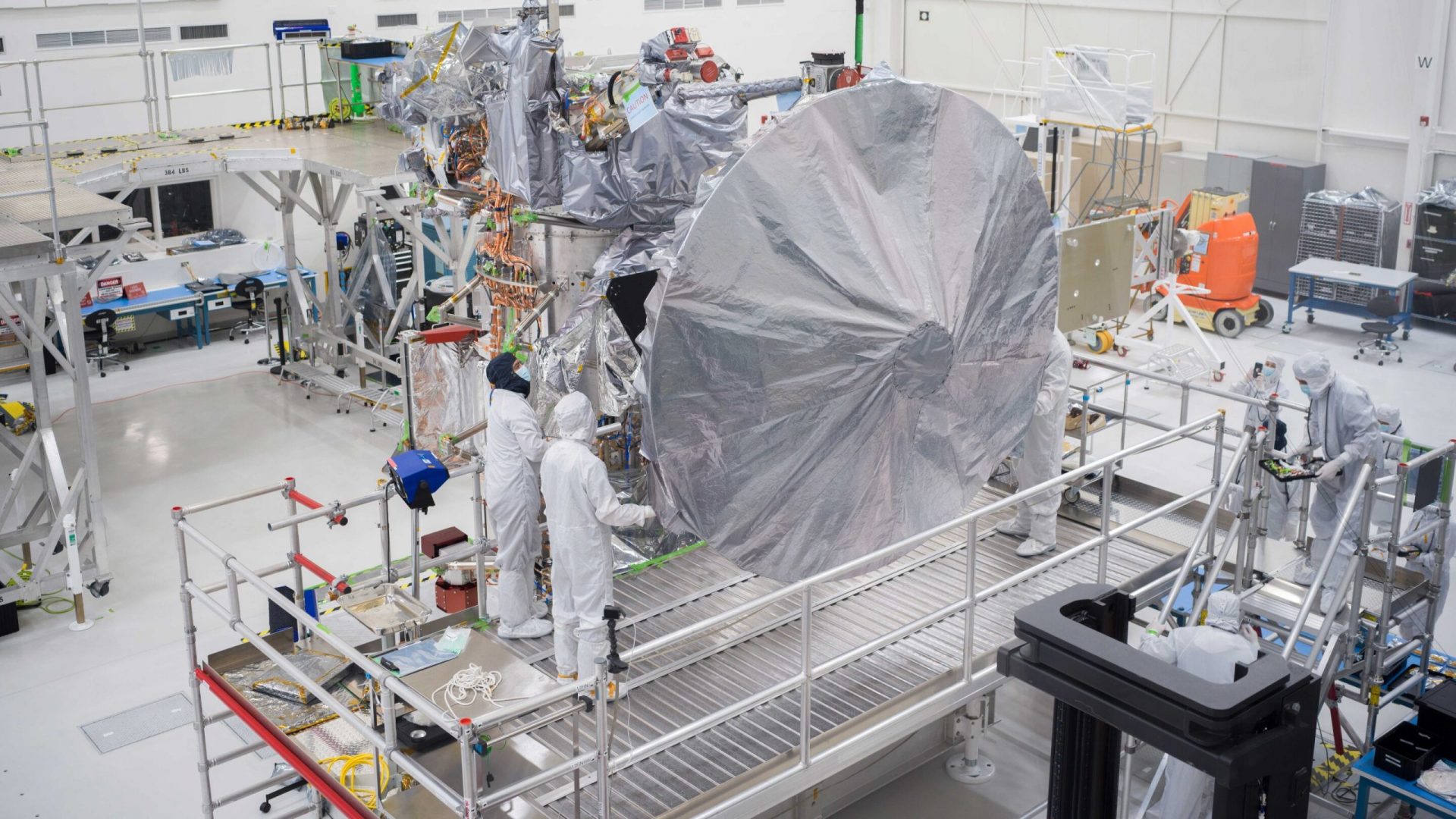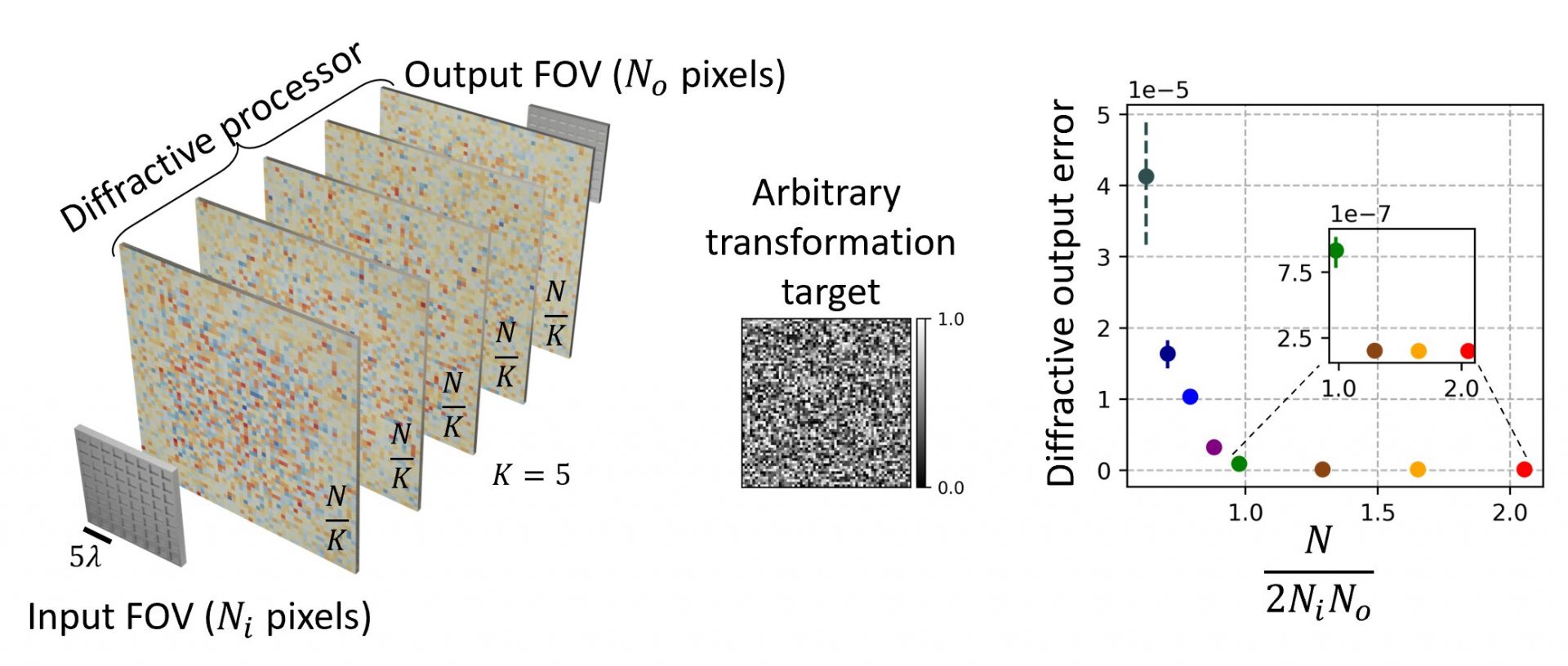NASA’s Europa Clipper is on a mission to discover signs of life on Jupiter’s icy moon. And on Aug. 14, it reached a crucial milestone: the installation of its massive dish-shaped high-gain antenna.
Stretching 10 feet (3 meters) across the spacecraft’s body, the high-gain antenna is the largest and most important of all the antennas on Europa Clipper. It will play a crucial role in investigating Europa, which is located 444 million miles (715 million kilometers) away from Earth. The mission’s primary objective is to explore Europa’s subsurface ocean, which could potentially support life.
Once the spacecraft reaches Jupiter, the antenna will focus its radio beam towards Earth. This ability to concentrate power is what makes high-gain antennas so valuable. It allows the spacecraft to transmit high-powered signals back to NASA’s Deep Space Network on Earth, resulting in a high rate of data transmission.
The installation of the precision-engineered dish was a meticulously planned process that took several hours at NASA’s Jet Propulsion Laboratory in Southern California. “The antenna has successfully completed all of its stand-alone testing,” said Matthew Bray, the designer and lead engineer for the high-gain antenna. “As the spacecraft completes its final testing, radio signals will be looped back through the antenna via a special cap, verifying that the telecom signal paths are functional.”
Bray, based at the Johns Hopkins University Applied Physics Laboratory in Laurel, Maryland, has been working on the antenna since 2014. Over the past year, the antenna has undergone rigorous testing at NASA’s Langley Research Center in Virginia and Goddard Space Flight Center in Maryland to ensure its durability in the harsh conditions of outer space.
With the antenna successfully installed, Europa Clipper is now ready for its upcoming critical tests as it prepares for its launch from NASA’s Kennedy Space Center in 2024. The spacecraft will carry nine science instruments to study Europa’s geology, surface, and subsurface ocean, providing valuable data that could revolutionize our understanding of the moon and its potential for supporting life.
Europa in their sights
“The high-gain antenna is a critical piece in the buildup of Europa Clipper,” said Jordan Evans, the Clipper project manager at JPL. “Not only does it look like a spacecraft now that it has the big antenna, but it’s ready for its upcoming critical tests as we progress towards launch.”
The spacecraft’s instruments will collect a wealth of data, including high-resolution images, thermal images, and readings of atmospheric gases and surface materials. The high-gain antenna will transmit most of this data back to Earth, providing scientists with a wealth of information about Europa.
After years of hard work and preparation, the installation of the high-gain antenna marks a major milestone for the Europa Clipper mission. As it continues its journey to the outer solar system, there are still more steps and tests to be completed. But with each milestone reached, we come closer to unraveling the mysteries of Europa and the potential for life beyond Earth.








